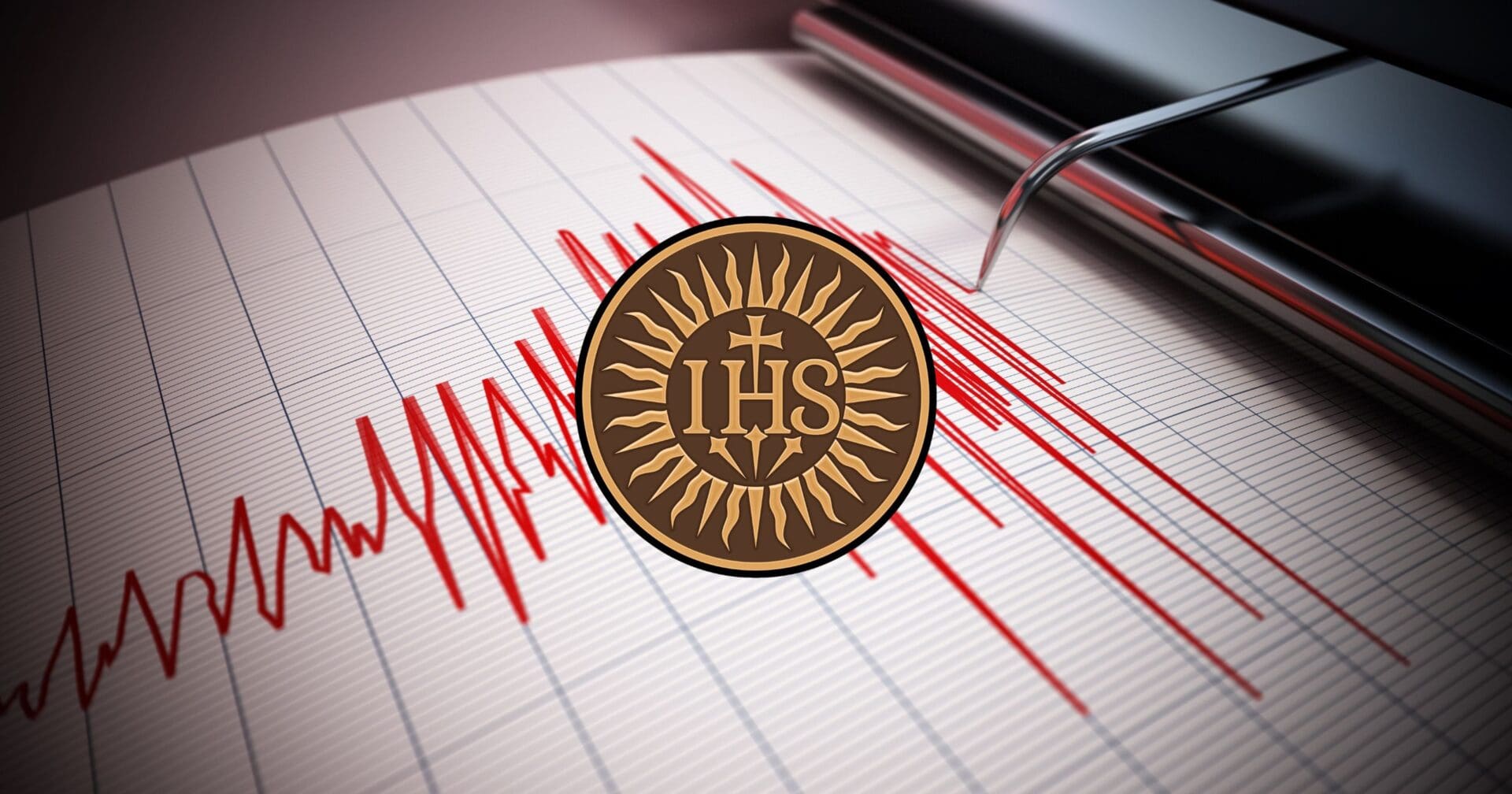The Catholic Church and science have long been married to one another. Science historians often credit medieval Catholic mathematicians and philosophers as the founders of modern science, and the Church has often been seen as a patron to the sciences. In the Catechism of the Catholic Church promulgated by Pope John Paul II in 1992, the Supreme Pontiff himself states that science and the Catholic faith are complementary. Historically, no scientific field has benefitted more from members of the Faith than seismology. How did seismology become known as the Jesuit science?
To understand why seismology is the Jesuit science requires going to back to the very inception of the Society of Jesus, as founded by Saint Ignatius of Loyola in 1540. From the beginning, the early Jesuit’s dedicated themselves to educational work through the colleges and universities it founded. Science was always an important component to the curriculum taught at Jesuit institutions, so much so that a program of mathematics, astronomy, and natural sciences were incorporated into the educational programs at all Jesuit universities.
With its strong background in education and science, the Society of Jesus gravitated towards seismology as their primary scientific focus. They viewed seismology as a public service intending to reduce an earthquake’s potential for destruction by carrying out seismological studies and installing seismological stations, especially in underdeveloped countries that have a lesser capability to handle natural disasters.
In the United States, seismology flourished under the Jesuit Seismological Association. The first Jesuit to install a seismograph was Frederik L. Odenbach in Cleveland, Ohio in 1900. After, he thought a network of seismographs in Jesuit universities and institutions across the nation could allow early detection of earthquakes and better studies on earthquakes. Soon after, a total of 38 seismographs were installed by Jesuits across the nation. With the creation of the network, seismology as a field was able to grow rapidly as a direct result of Jesuit work in the United States.
Today, the ubiquity of Jesuits in seismology is diminished. However, the Catholic Church still works to provide aid and assistance to those affected by devastating damage an earthquake can have.
Photo credit: DestinaDesign, Bibleboxone / Shutterstock.com


















[…] to learn more about the Church’s contribution to science? Learn how seismology, the study of earthquakes, became known as the Jesuit science! Or, learn the awesome reason 35 craters on the moon are named after […]